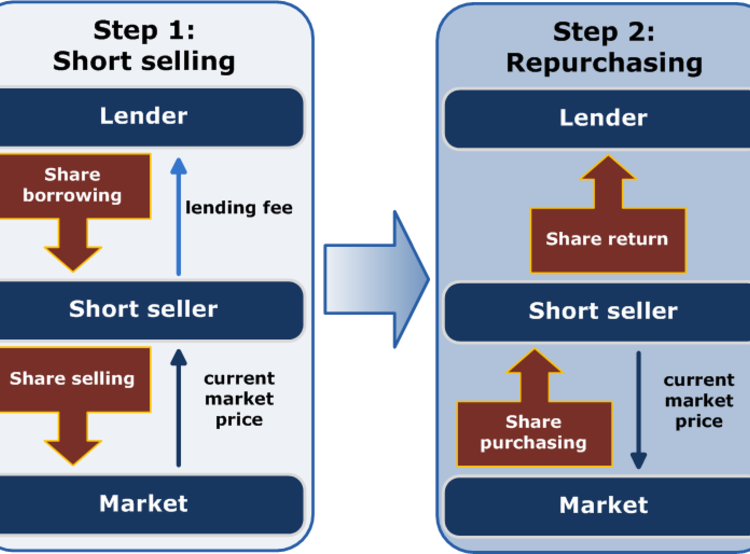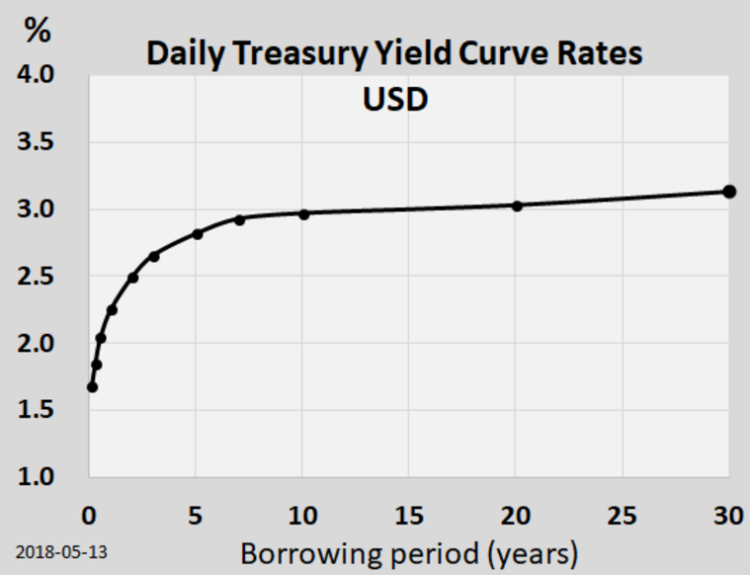Front-month gold taps lows under that key price point
- Gold prices fall close to key support at $2,000 an ounce
- Stronger-than-expected U.S. inflation reading raises risk of changes to Fed’s plans
- Breaching $2,000 support could lead to further sell-offs and shift in market sentiment
- Gold contracts reach lowest intraday levels of the year
- Weakness in gold prices attributed to warmer-than-expected consumer-price index data
- U.S. Treasury yields and dollar strengthen, adding pressure on gold prices
- Interest rate cut hopes decline after inflation data release
- Gold could find support over medium term as rate cuts expected later this year
- Key resistance level of $2,074 to watch for potential breakout
- Record settlement for gold futures at $2,093.10 in late December
Gold prices fell close to the key support at $2,000 an ounce on Tuesday, touching their lowest intraday level of the year as a stronger-than-expected U.S. inflation reading raised the risk of changes to the Federal Reserve’s plans for interest-rate cuts. The significance of gold dropping below $2,000 “lies in both psychological and technical trading perspectives, marking a crucial support point that, if breached, could lead to further sell-offs and a shift in market sentiment” for gold, Adam Koos, president at Libertas Wealth Management Group, told MarketWatch. Gold contracts reached their lowest intraday levels so far this year, and settlements below $2,000 for the contracts would be the lowest since Dec. 13, according to Dow Jones Market Data. The weakness in gold prices is primarily a result of the “warmer-than-expected” consumer-price index data released Tuesday, said Koos. U.S. Treasury yields climbed higher in reaction, with 2-year yields surpassing 4.6%, adding to the pressure on gold prices. The U.S. dollar also strengthened, weighing on dollar-denominated gold prices. Hopes for an interest rate cut in May declined significantly after the inflation data release and have now shifted toward June. Gold could find support over the medium term as markets continue to see rate cuts happening later this year. On a technical trading level, the key resistance level of around $2,074 will be key to watch. Gold has been in a “huge, broad consolidation pattern since way back in June of 2020, with several failed attempts to break above” that key resistance level, said Koos. A breakout above $2,074 would be an “enormous event for gold through year-end, assuming it can hold.”
Public Companies:
Private Companies: undefined, undefined
Key People: Adam Koos (President at Libertas Wealth Management Group), Bas Kooijman (Chief Executive Officer and Asset Manager of DHF Capital)
Factuality Level: 7
Justification: The article provides information about the drop in gold prices and the factors contributing to it, such as the stronger-than-expected U.S. inflation reading and the impact on the Federal Reserve’s plans for interest-rate cuts. It includes quotes from experts and mentions technical trading levels. However, there is some opinion presented as fact, such as the speculation about future events and the potential reactions of the market and investors.
Noise Level: 3
Justification: The article provides relevant information about the drop in gold prices and the factors contributing to it, such as the stronger-than-expected U.S. inflation reading. It includes quotes from experts and mentions technical trading levels. However, there is some repetitive information and the article lacks in-depth analysis or actionable insights.
Financial Relevance: Yes
Financial Markets Impacted: Gold prices and gold futures contracts
Presence of Extreme Event: No
Nature of Extreme Event: No
Impact Rating of the Extreme Event: No
Justification: The article discusses the impact of a stronger-than-expected U.S. inflation reading on gold prices and the potential shift in market sentiment. There is no mention of an extreme event.
 www.marketwatch.com
www.marketwatch.com 





